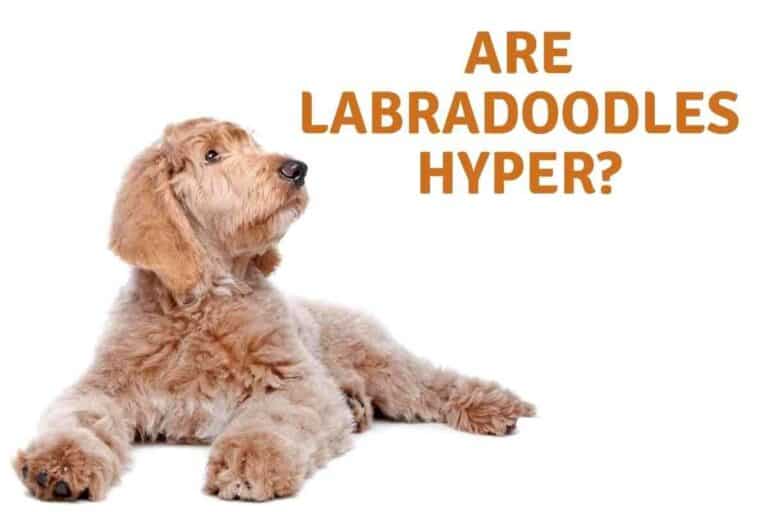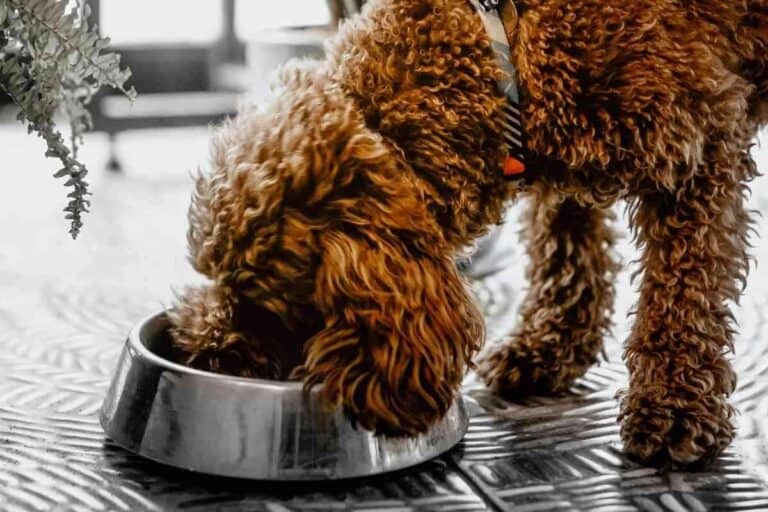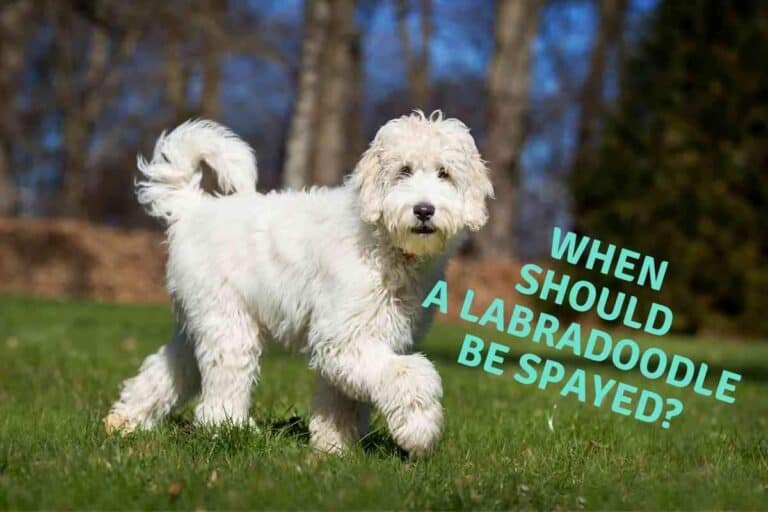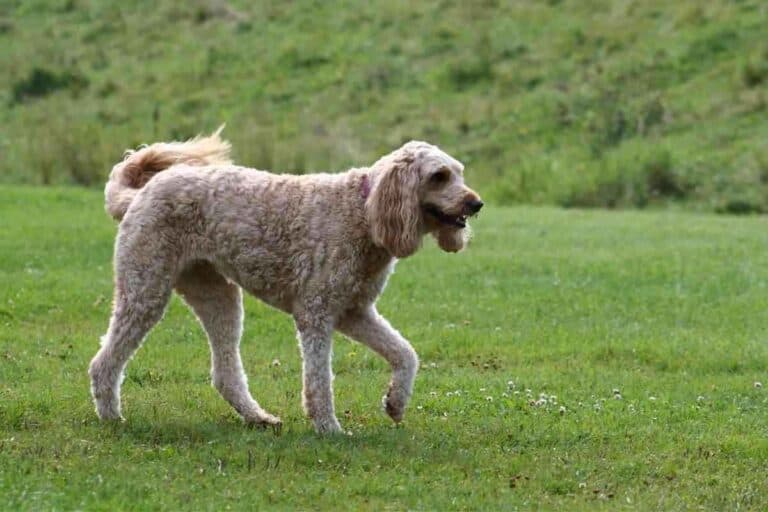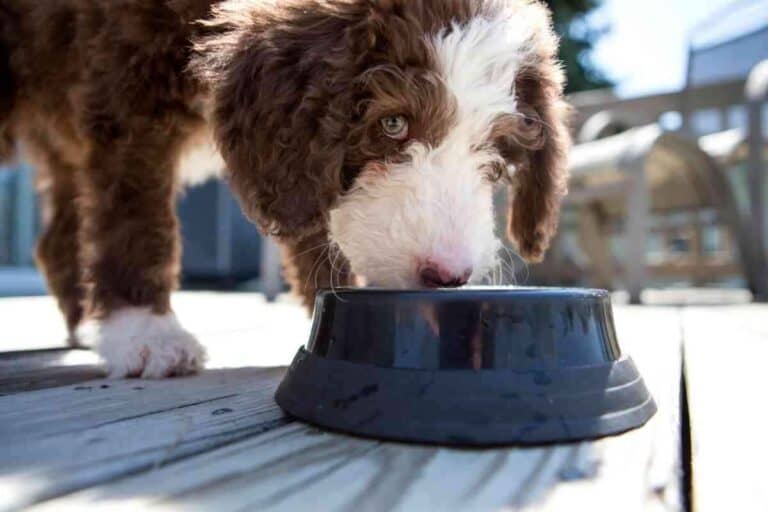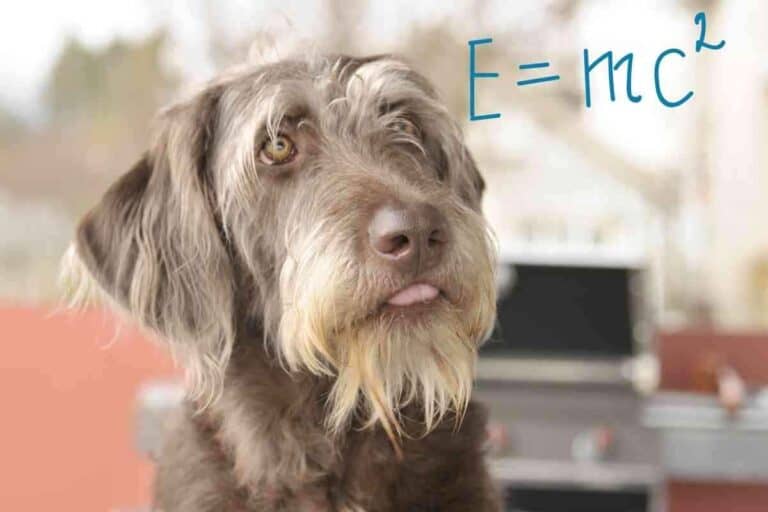Do Labradoodles Change Colors?
Labradoodles are one of the most popular dog breeds in the world. A Labradoodle is a cross between a poodle and a Labrador retriever.
Both of these dogs are known for their work ethic and their great ability to bond with humans, especially their owners.
But if you’re in love with the look of your Labradoodle, you may be wondering if they’ll change colors.
Do Labradoodles Change Colors?
Some Labradoodle’s coats will change color in the first year of their life. When a Labradoodle is roughly one year old, they will shed the puppy coat that they are born with, replacing it with their coarser adult coat. The hair that comes in to replace the puppy coat may be of a different color.
If you have a Labradoodle and it starts to change color, this is not a time to worry.
Below we are going to tell you everything you need to know about Labradoodles and why they change colors when they do.
We will also discuss why they are such a great pet for you and your family.
Below is everything you need to know about having a Labradoodle.
Do Labradoodle Dogs Change Colors?
Even getting your dog groomed can cause a color change.
Since Labradoodles go through these changes, it is important to not choose the dog based on the color or the texture of the fur because it needs to be noted that the color and fur will change as the dog gets older.
As the dog changes and grows into a healthy adult, you will start to see changes in its coat’s color. It’s the poodle genetics that causes this.
Fading in the adult coat tends to be a few shades lighter than the puppy coat or maybe even a completely different color.
If you keep your dog’s fur cut short, you will also see a change. Shorter hair tends to be much lighter in color.
If you want your dog’s coat to be darker, you might want to consider regular grooming rather than cutting the hair completely.
Keep this in mind when you are buying a Labradoodle puppy.
You should also consider asking the breeder about the coat and color changes.
They might be able to advise you on how the coat will look as the dog grows.
This way, you can be sure you are getting the dog you want and the color you are hoping for when searching for the perfect Labradoodle.
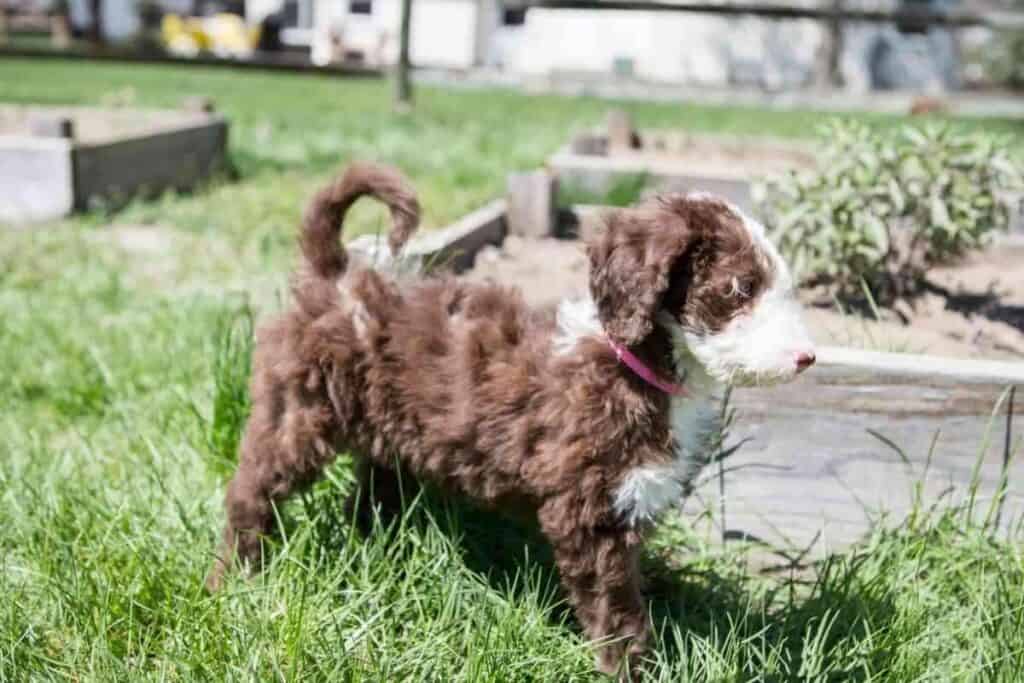
Labradoodles Coat Types
Labradoodles have different coat styles and colors. Depending on what the style is can depend on how much the dog costs or how rare it is.
Depending on the generational mix, Labradoodles have three different coat types.
An F1 Labradoodle is the first-generation puppy of a Labrador Retriever and Poodle and The F1B generation is a Labradoodle and a Poodle mix.
Each of the coats will vary in feel and look, and specific grooming requirements.
That is why it is important to know what type of dog and what type of breed you are dealing with so you can give them the best help possible.
Below is a list of the different types of coats available.
Straight Hair
This is not a common coat type when it comes to Labradoodles. This resembles the texture of hair rather than fur.
When Labradoodles are born with this fur, they can look completely different from the other Labradoodles, this fur often makes the dogs look scruffy.
Along with looking scruffy, this hair is not noticeable until they turn a minimum of 12 weeks old.
Since their fur is more life hair, there will be a lot of shedding which is not desirable for a lot of people but when it comes to the kindness and loyalty of the dog, the fur doesn’t matter to a lot of people.
Fleece
This is the most common coat for Labradoodles and not only is it the most common but it is the easiest to maintain.
This soft coat has low shedding and it only requires you to brush it once a week.
By brushing the dog’s hair once a week, it will look extremely clean and pristine.
The rest of the fleece-coated Labradoodle ranges from curly to wavy.
People desire a dog with this type of coat because it is helpful for people with allergies. This coat is less prone to shed and trigger an allergic reaction to someone who has allergies.
This look is often referred to as shaggy and is the typical look for a Labradoodle.
Wool or Curly
This is the second most common Labradoodle. It is often just referred to as curly but the wool fur-coated dog is still as cute as a button.
How tight the curls are on these dogs solely depends on the puppy’s genetics.
The reason for this is that they are more likely to resemble their poodle parents. The F1B generation of Labradoodle is more likely to have this coat.
One of the reasons this dog is so popular is because it is so easy to maintain.
Most of these dog owners will have the dog’s hair trimmed lightly along with a weekly brush, leaving the dog looking clean and well put together.
When Do Labradoodles Shed Their Coats?
A Labradoodle does not get to keep their coat as they go into adulthood.
Sadly, this soft and inviting coat will start to change somewhere between 6 and 12 months.
Some puppies will lose their coats sooner and some will lose them later than others, but it is something you need to expect no matter what.
As the coat starts going through the change, you as the owner will notice a difference in the amount of shedding you see on your dog.
There is nothing you can do about shedding during this time.
If the shedding starts becoming too much and making a mess, all you need to do is brush your Labradoodle as much as possible.
This helps to get the fur off and helps prevent matting. As soon as the process is over you will notice that your dog’s fur feels slightly different and now is a different color.
Do Labradoodles Coats Change Over Time?
Once your Labradoodle puppy grows into an adult, it is very unlikely that the texture of the fur will change dramatically but the color will change as the dog grows into an adult.
Some of these changes can depend on the original color of the dog.
Black
If your Labradoodle is born with black hair, then their hair color should continue to stay black as they continue to grow older.
There is a chance that during its lifetime, the dog’s hair can slightly change color to silver or blue.
A dog’s coat can start having silver undertones within just a few years.
The color blue on the other hand can be seen at birth so you can have a good idea if it will slightly turn blue when it gets older.
Golden and Apricot
This color is prone to change by either lightening or darkening of the fur with age.
The color itself will remain the same but the intensity of the color can either become more intensified or lighten with age.
If your Labradoodle has a golden coat then the color is more likely to fade as they get older in age.
Cream and White
Whether the breed is cream or white, these types of breeds and fur are likely to remain that way their entire life.
Since these two colors are already so pale, they usually do not change. As these dogs grow, their color will most likely stay the same.
Red
To see the color red on a Labradoodle is extremely rare because red hair is a recessive trait. Usually, a Labradoodle with this gene is born with red fur or the hair is golden red in color.
If you have a black or white Labradoodle, they will not turn red as they grow.
Since red Labradoodle are really rare, they will often cost more.
Some breeders specifically breed this color because they know it’s in high demand and they can make more money. To be considered real red, their nose should be black, not brown.
Chocolate and Parchment
Just like with Labradors, the Labradoodle breed has a chocolate version. It’s one of the most popular and sought-after colors when it comes to Labradoodles.
The reason they might also be called parchment is that they often turn gray or always have some gray on their coat.
This combination of colors makes them called chocolate or parchment.
You might have a chocolate Labradoodle though they never get gray spots in their coat.
Final Thoughts
Labradoodles come in many different colors and their color often changes as they grow and age. Grooming and shaving can also cause their fur to look a different shade.
Don’t be surprised if you see the color of your Labradoodle gradually changing with time.
Always ask the breeder if you are concerned with what the final coat color might be.

